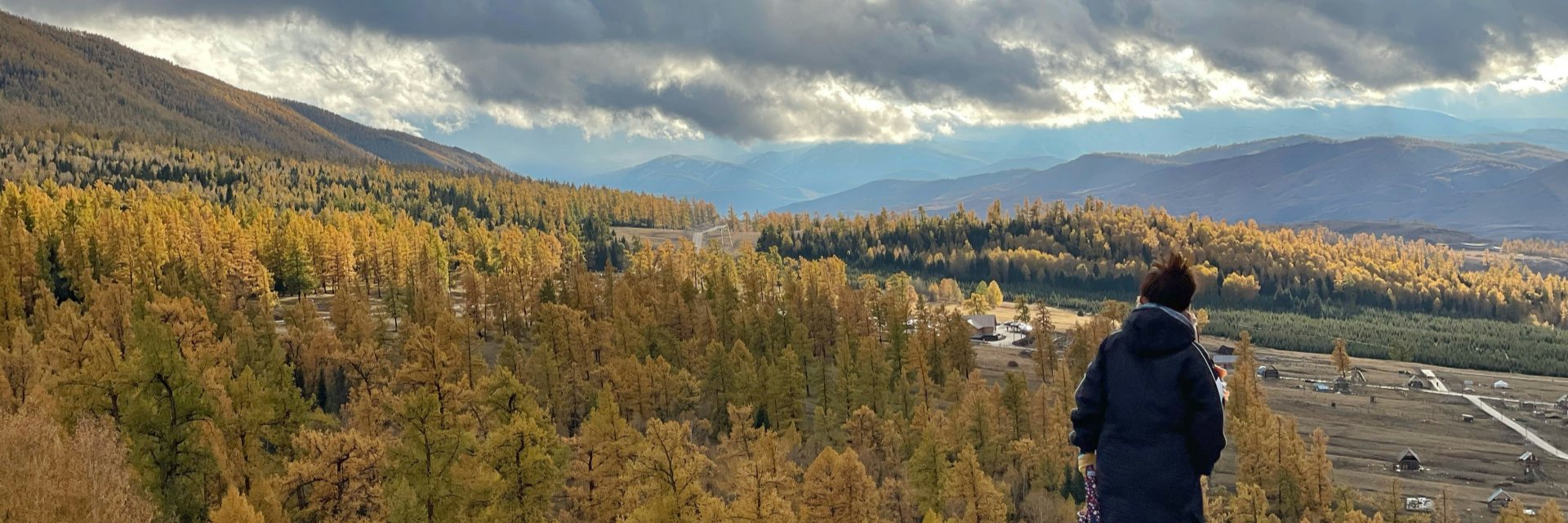
Essential Expert Advice for Your China Silk Road Travel
By Leo
Having traversed the Silk Road countless times—from the bustling markets of Xi’an to the remote dunes of Dunhuang—I’ve gathered a treasure trove of tips that go beyond the basics. This ancient route isn’t just history; it’s a living tapestry of cultures, deserts, and mountains that demands respect and thorough preparation. In this guide, I’ll share my personal insights to help you plan an unforgettable journey. Remember, while independent travel has its thrills, for a truly worry-free experience ensuring safety and smooth navigation, it’s wise to connect with a reliable travel agency like ours—let an expert guide handle the details so you can fully immerse yourself in China’s wonders.
When to Embark on Your China Silk Road Travel
From my expeditions, timing is everything on the Silk Road. I’ve braved scorching summers and chilly winters, and I always recommend April to October for the sweet spot. This period generally provides the most pleasant weather, making exploration comfortable and enjoyable across the vast and varied regions of the Silk Road.
Spring’s Gentle Embrace: Ideal for Silk Road Exploration
Spring (April to early June) is a fantastic window. The temperatures are warm but not uncomfortably hot, making it ideal for exploring. You’ll witness blooming landscapes in places like Turpan, with mild temperatures typically ranging from 20-30°C (68-86°F), perfect for exploring without the intense summer crowds. This is when the wildflowers in Gansu Gannan are vibrant and the skies in Xinjiang are crisp and clear.

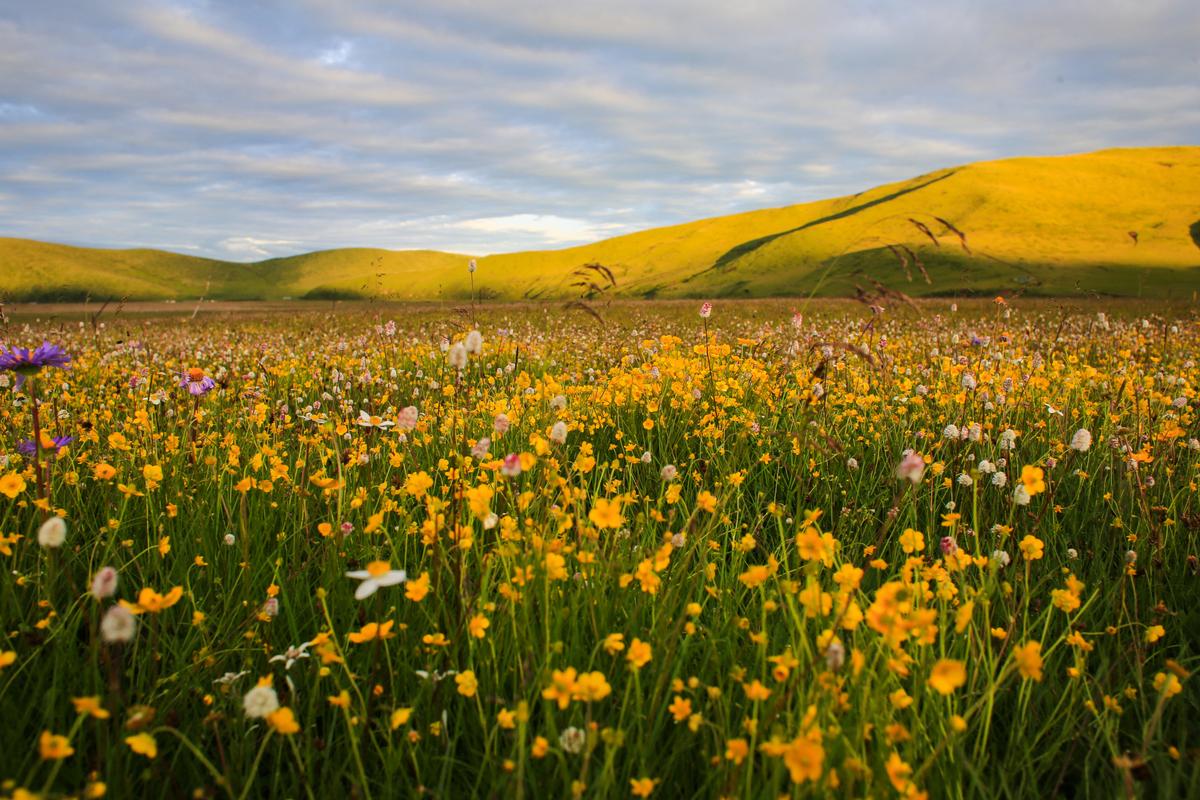
Autumn’s Golden Hues: My Personal Favorite
Autumn (September to October) is my personal favorite. The scorching summer heat begins to subside, offering stunning autumn landscapes and fewer crowds, allowing for a more serene exploration of historical and cultural sites. You’ll see golden hues spread across the Gobi Desert, and evenings are cooler, ideal for stargazing in Dunhuang. This is also when Xinjiang’s poplars turn a breathtaking gold.
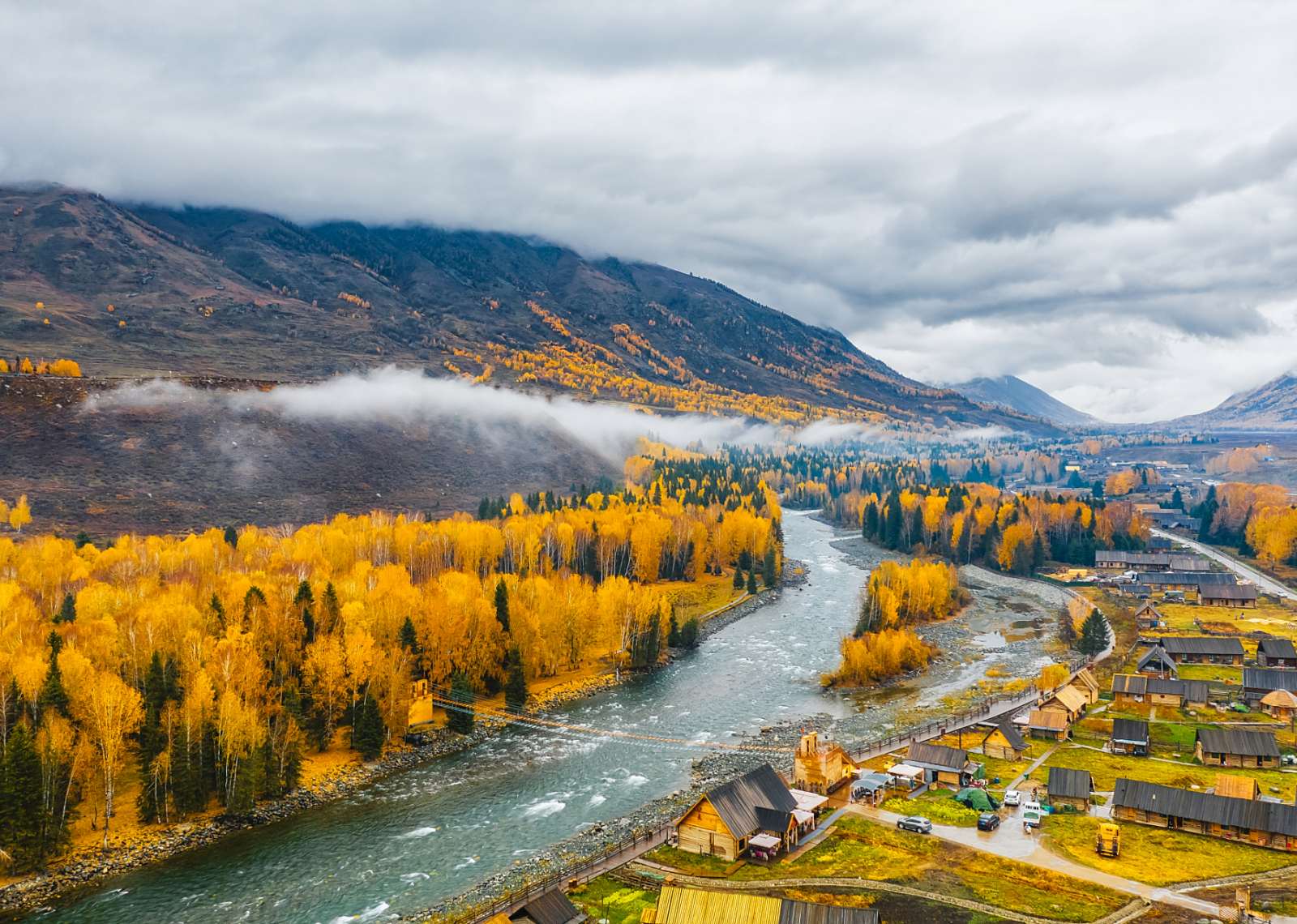
Navigating Summer and Winter: What to Expect
While summer (June to August) is popular due to school holidays, be prepared for intense heat, especially in desert areas like Turpan, where temperatures can soar to 40°C (104°F). However, summer also offers clear skies and vibrant natural scenery, along with various festivals. Winter is generally long and bleak, with snow in the mountains, making comprehensive Silk Road trips less advisable unless you are seeking a quiet, raw beauty and are prepared for cold conditions and limited services in remote areas.
Pro tip: Avoid China’s major public holidays (especially May 1–5 and Oct 1–7) if possible, as attractions can be extremely crowded and transportation can be challenging. If you must travel then, consider anchoring in one city and doing nearby day trips to reduce transit stress.
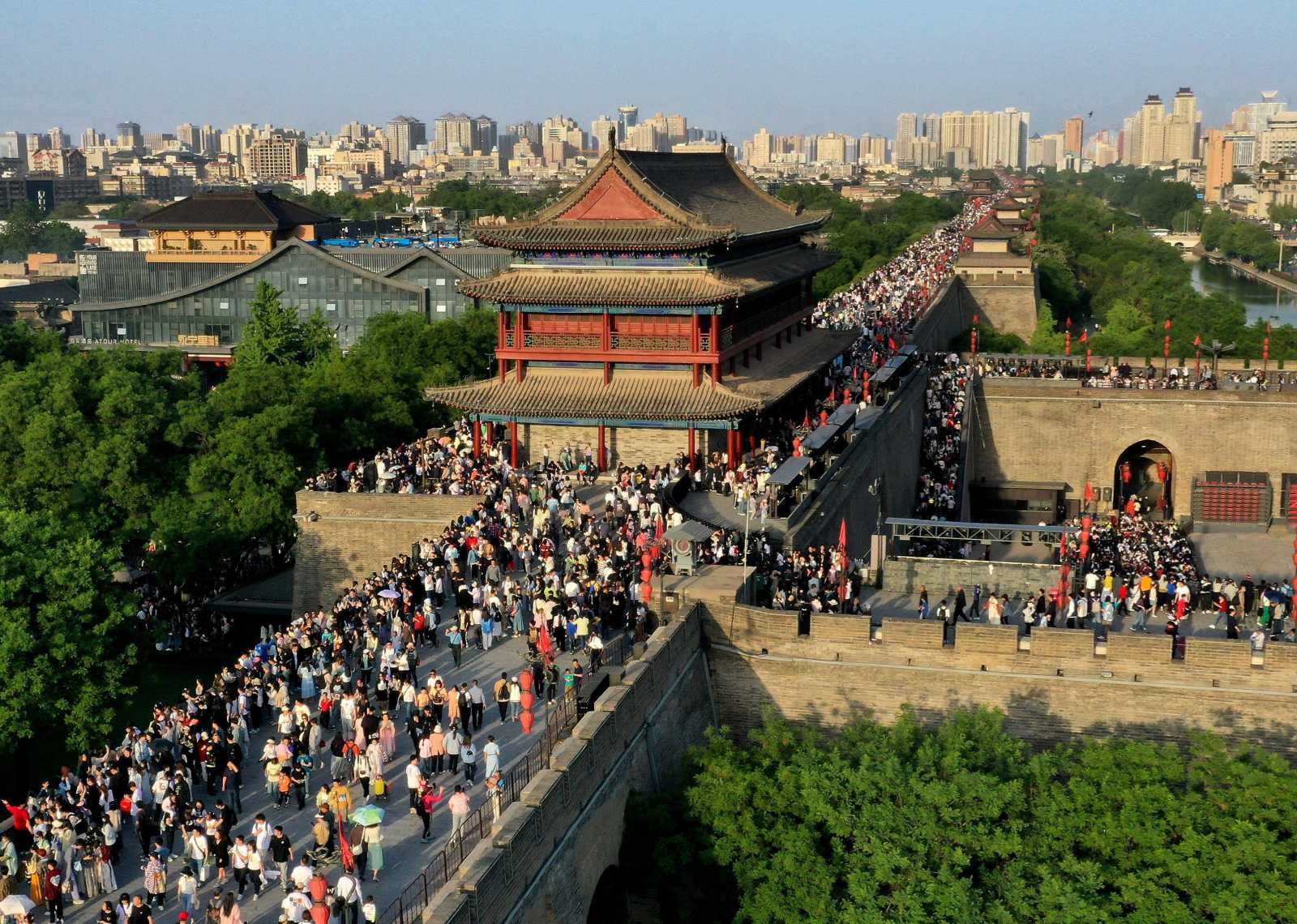
Essential Packing for China Silk Road Travel: My Tried-and-True List
Having navigated the Silk Road many times, I’ve refined my packing list to ensure comfort and preparedness for its varied climates and conditions. Layering is key, as temperatures can fluctuate wildly between day and night, especially in desert regions.
Clothing and Footwear Considerations
- Layered Clothing: Crucial for significant diurnal and regional temperature variations. Include lightweight breathables for days, and warm fleeces or windproof shells for cooler evenings or higher altitudes. Quick-dry clothes are also incredibly useful for on-the-go laundry.
- Comfortable Footwear: You’ll be doing a lot of walking, exploring ancient ruins and bustling markets. Sturdy, broken-in walking shoes with good grip are an absolute must, especially for dunes or Danxia boardwalks.
Sun and Desert Protection
The sun can be intense along the Silk Road, particularly in desert areas. Always pack high-SPF sunscreen, good quality sunglasses, a wide-brimmed hat, and a multi-functional scarf (for sun, dust, or modesty). Lip balm is also essential to combat dryness.
Health, Hydration, and Personal Items
- Personal Medications & First Aid: Bring your preferred toiletries, as options can be limited in some remote areas. A small first-aid kit with common medications (e.g., for stomach issues, pain relievers) and any personal prescriptions is vital, as these might not be readily available.
- Reusable Water Bottle: The air is dry, especially in arid regions. Stay hydrated by carrying a reusable water bottle and refilling it frequently. Rehydration salts can also be useful.
Tech and Connectivity Essentials
Your mobile phone and charger are obvious, but a portable power bank is indispensable for long days of exploration without access to power outlets. If you’re a photography enthusiast, don’t forget spare camera batteries to capture those endless natural wonders. Consider downloading offline maps (like Baidu Maps) and a translation app, as connectivity can be patchy in remote areas.
Getting Around: My Transport Insights
Travel along the Silk Road is far more accessible than in ancient times, thanks to modern transportation infrastructure. Starting your Silk Road trip? I usually recommend flying into Xi’an, the eastern gateway—it’s well-connected internationally and where I begin most of my tours.
Efficient Long-Distance Travel
- Flights: For covering long distances between provinces, flights are the most convenient and time-saving option. Most major cities along the Silk Road have airports with connections to other domestic and sometimes international cities.
- High-Speed Trains: For medium to short distances, high-speed trains are an excellent choice. They are efficient, comfortable, and often provide scenic views. Key high-speed rail lines connect many destinations, making inter-city travel smooth.
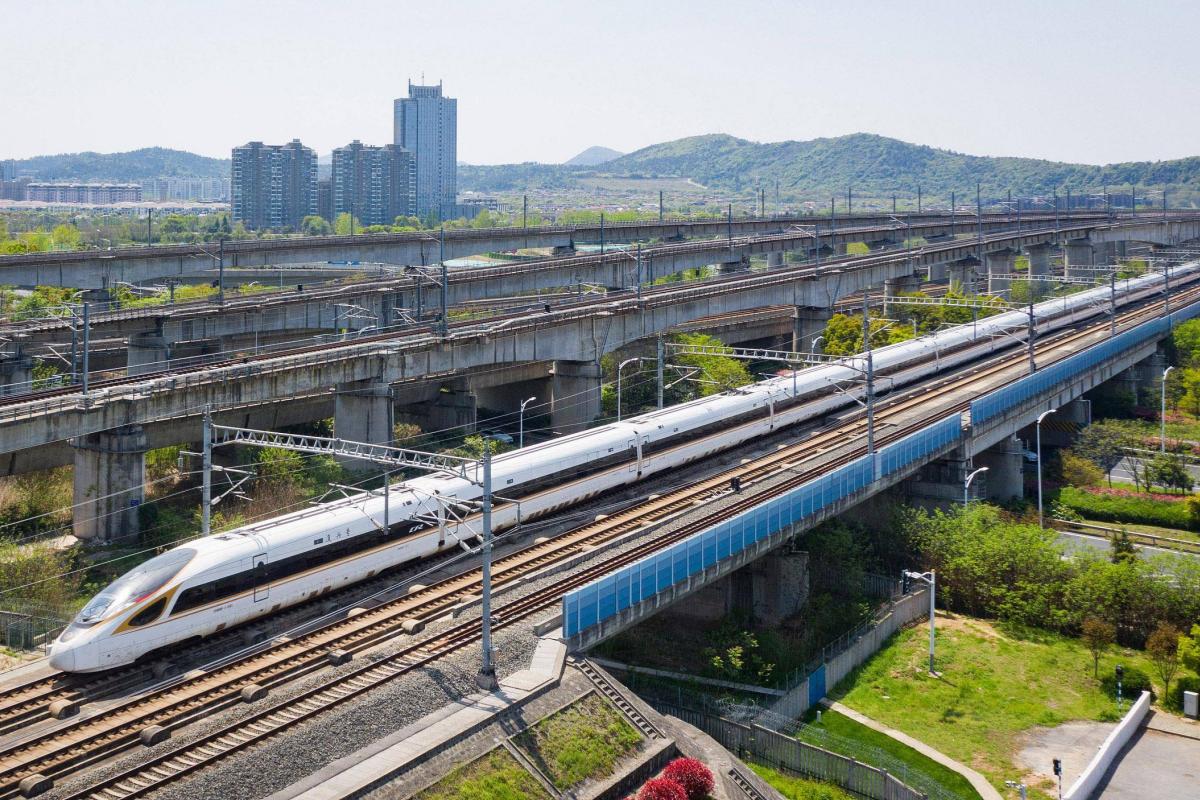

Local Navigation and Flexibility
- Private Vehicles: In many areas, particularly for visiting remote sites or covering scenic routes, arranging a private vehicle with a driver is often the best and most flexible option. This is where a good local team makes the difference, allowing for flexible photo stops and access to off-the-beaten-path locations.

- Public Transport: While public buses are budget-friendly, they can be unpredictable. I’ve used apps like Baidu Maps for real-time updates, but nothing beats local knowledge for navigating tricky situations.
Must-See Highlights Along the China Silk Road
The Silk Road’s allure lies in its diversity, and I’ve curated my favorites based on countless trips. I always suggest building your itinerary around “anchor” experiences, allowing time to truly savor each location.
Iconic Historical and Cultural Gems
- Xi’an: Start here with the Terracotta Warriors—a mind-blowing testament to ancient engineering. Cycle the City Wall in the late afternoon for a unique perspective, and explore the Muslim Quarter for authentic local snacks.
- Dunhuang: The Mogao Caves are simply breathtaking, with frescoes that have left me speechless every visit. Don’t miss the Mingsha Dunes (Crescent Lake) for stunning sunrise or sunset views.
- Zhangye Danxia: The Rainbow Mountains are best seen during golden hour. Plan two viewpoints to catch the color shifts.
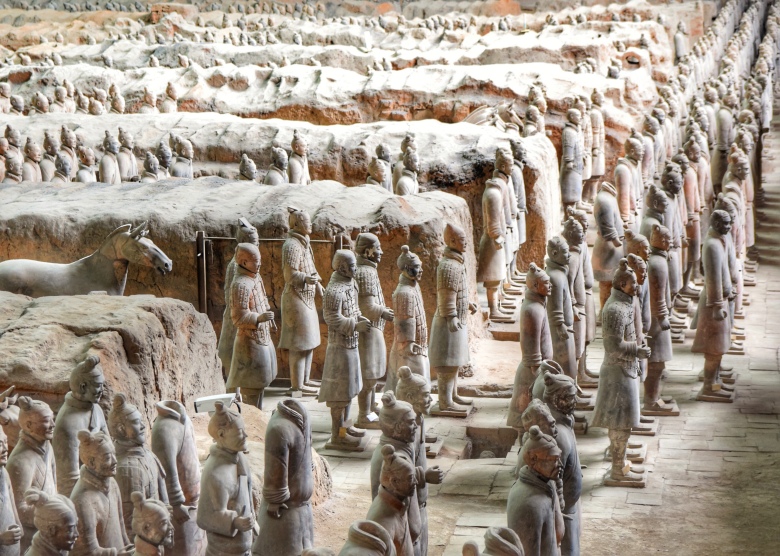

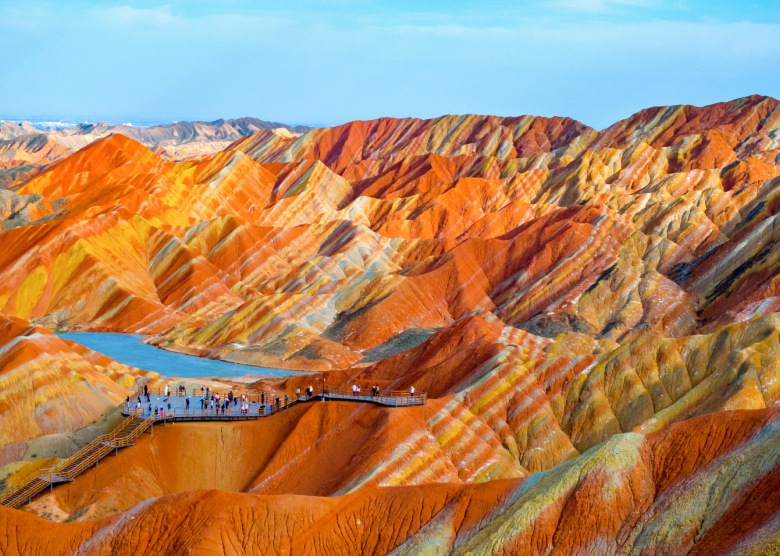
Cultural and Natural Wonders
- Turpan: Visit the ancient Jiaohe Ruins in the early morning, explore the Karez Well Museum before the midday heat, and admire the Emin Minaret at dusk.
- Jiayuguan: The Jiayuguan Fortress at sunset is pure magic, offering a glimpse into the westernmost end of the Great Wall.
- Kashgar: Allocate at least two full days here. Explore the Old Town at first light, experience the vibrant Sunday livestock market, and consider a day trip to Karakul Lake if the weather is clear.
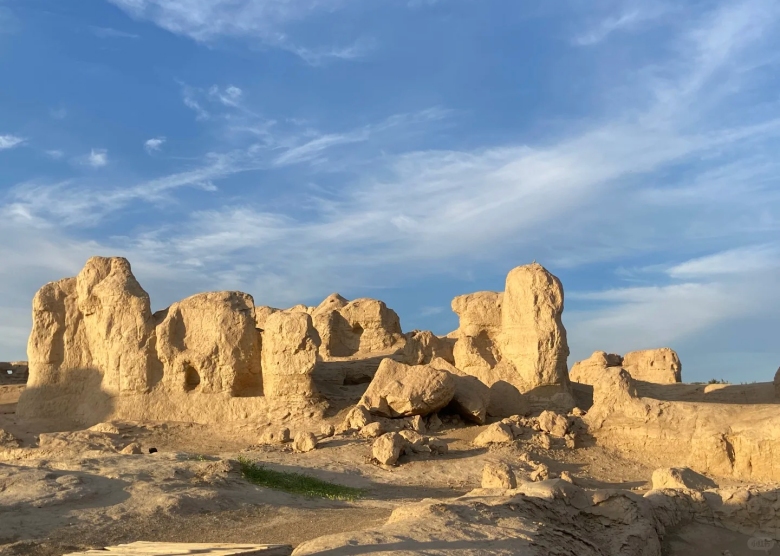
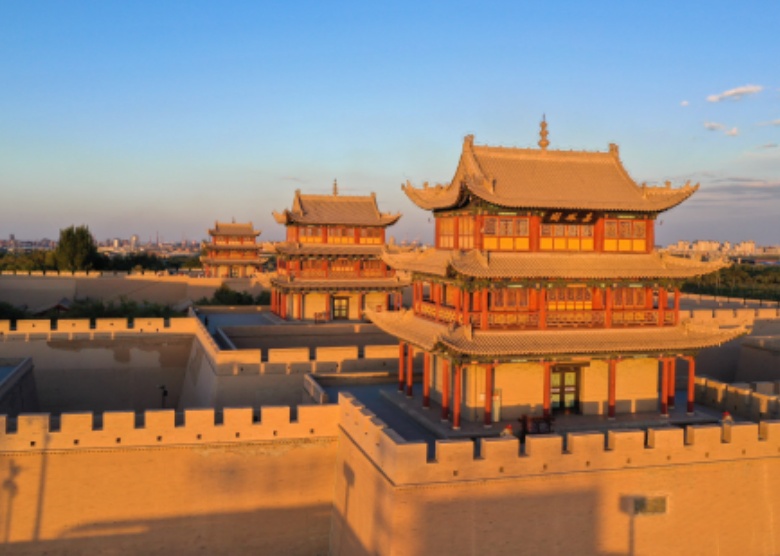
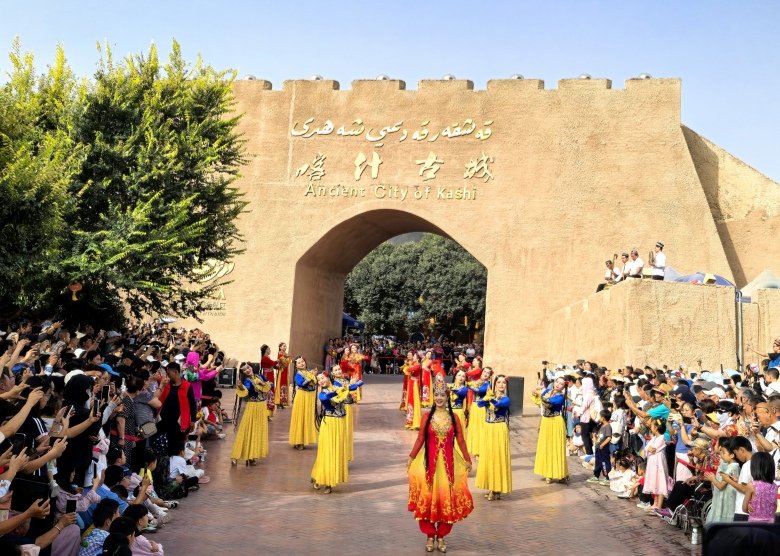
In my opinion, allocating 10-14 days lets you savor the Silk Road without rushing; I’ve seen rushed travelers miss the soul of the route. Our expertise shines here—we design itineraries that can include exclusive access to sites, like private cave viewings, highlighting why personalized tours elevate the experience.
Navigating Cultural Etiquette and Local Cuisine
The Silk Road is a melting pot of cultures, from Buddhist monasteries to Islamic traditions. Respect local customs by dressing modestly when visiting religious sites and always asking before photographing people.
Culinary Delights of the Silk Road
Silk Road cuisine is a highlight—I’ve feasted on lamb kebabs in Urumqi and hand-pulled noodles in Lanzhou, blending Han, Uyghur, and Hui flavors. Vegetarians, fear not; options like stuffed buns abound, but specify “no meat” clearly. Street food is authentic, but I’ve always stuck to busy stalls to minimize any risks—carry antidiarrheal just in case!
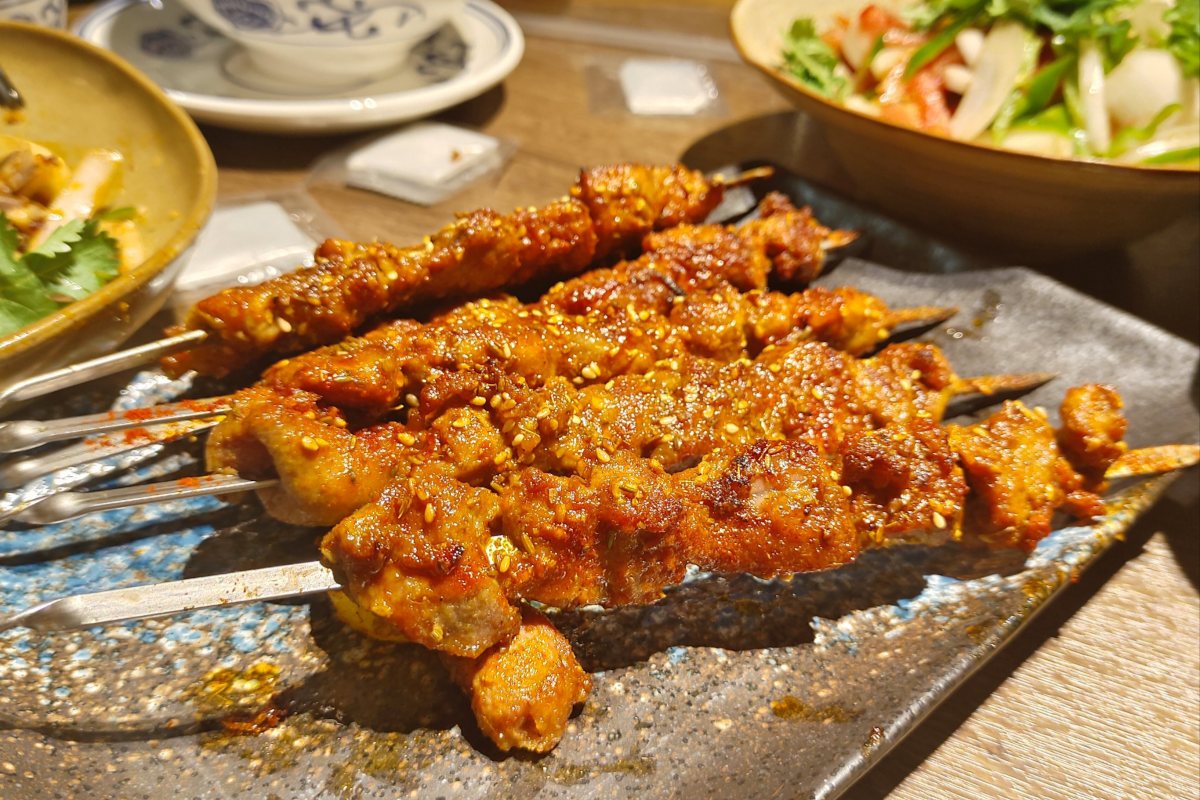
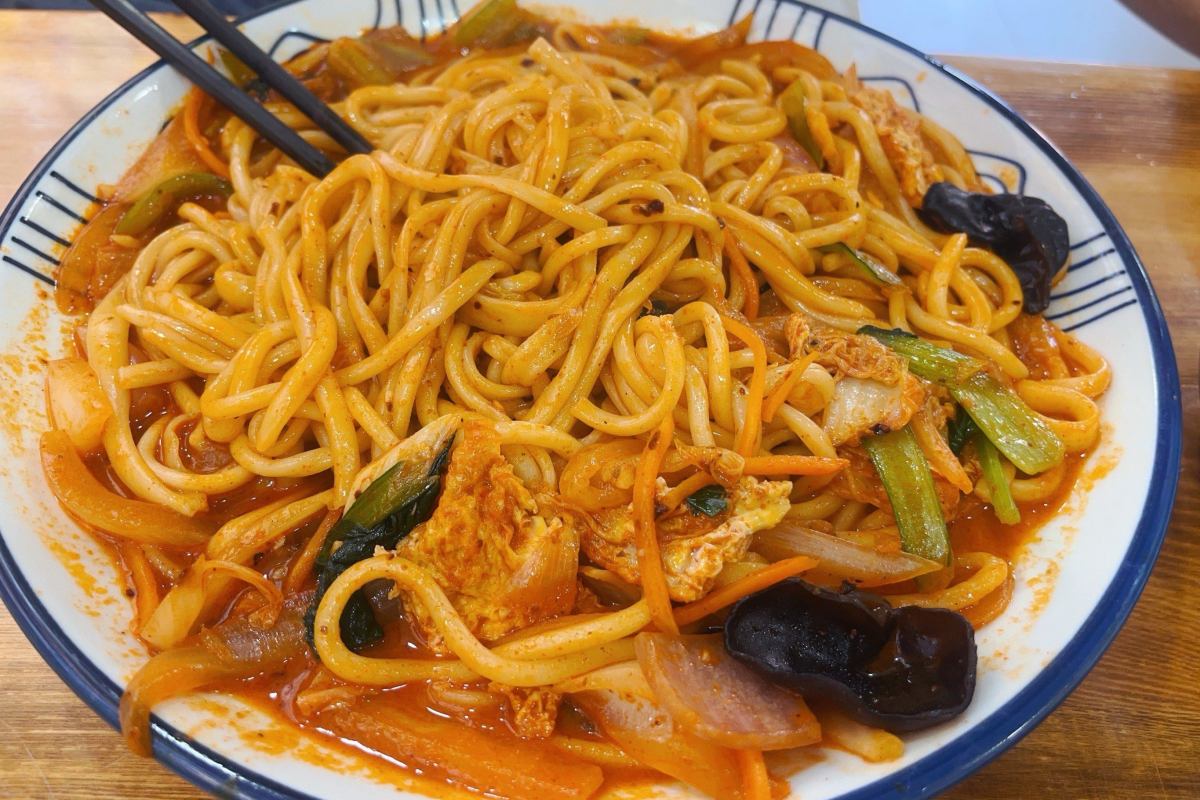
Smart Accommodation Choices
For the most convenient Silk Road experience, stay at centrally located 4 star hotels in major cities. In Xi’an, choose hotels near the Bell Tower metro station for easy access to the Muslim Quarter and city wall. Urumqi hotels near People’s Square put you within walking distance of night markets and museums. These locations minimize transit time while providing reliable amenities like elevators, air conditioning, and 24-hour reception. During peak travel seasons (April-October), book at least 2-3 months in advance to secure the best locations.
In smaller stops like Dunhuang or Turpan, select hotels within the city center rather than remote desert properties. While less luxurious than urban options, these still offer private bathrooms and taxi access to major sites. This strategy balances comfort with efficient sightseeing.
Practical Advice for Silk Road Travelling| Health & Safety
Safety first: The Silk Road is generally safe, but I’ve always advised sticking to main paths in remote areas. Petty theft is rare, but secure your valuables. Health-wise, vaccinations for hepatitis and typhoid are smart; I’ve boosted mine before each trip. Altitude can hit hard in higher regions—acclimatize slowly.
Budgeting and Visas
Budget around $100-200 daily, covering mid-range stays and meals, though this can vary. ATMs are sparse in rural spots, so carrying some cash is prudent. Most travelers will need a China visa; apply early as the process can take time.
Why Consider a Travel Company for Your China Silk Road Tour? My Expert Advice
While independent travel offers freedom, the Silk Road’s vastness and cultural nuances can be complex to navigate on your own. This is where a reliable travel agency like ours comes in. As an expert, I can tell you that having local specialists handle logistics—from transportation and accommodation to cultural etiquette and safety—can transform your trip from stressful to sublime. We design customizable itineraries, secure necessary permits, and provide experienced guides who offer invaluable insights into the history and culture of each region. This ensures you can fully immerse yourself in the experience, worry-free, and truly understand the wonders of China.
Embarking on a Silk Road journey is a profound experience that will leave you with lasting memories. With careful planning and perhaps a little expert guidance, your adventure will be nothing short of extraordinary.
Recommended China Silk Road Tour:
Best China Silk Road Tour: From Kashgar to Xian
Gannan Silk Road Tour from Lanzhou to Xiahe Diebu Tanchang Tianshui